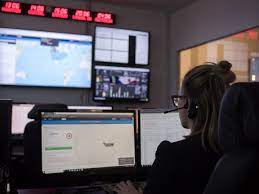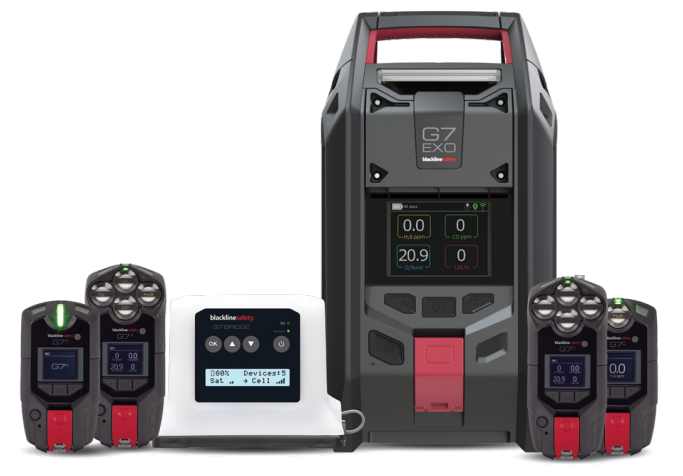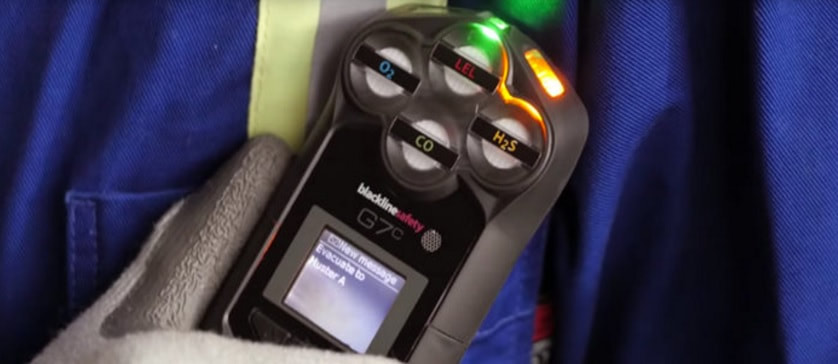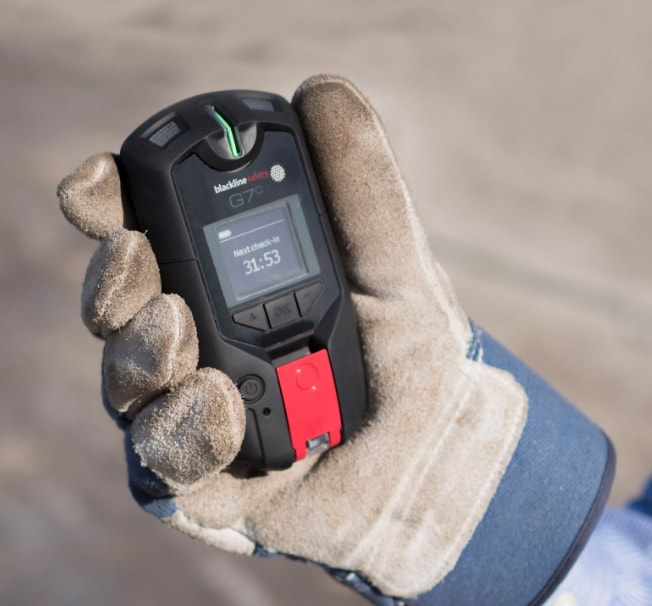mines in the world. These mines provide an essential resource for the global economy and
employ thousands of workers who face various challenges daily.
On top of lone worker safety monitoring systems, another critical challenge these workers face
is maintaining a reliable and robust communication system that keeps them connected with the
outside world. In this post, we will explore how satellite connectivity is revolutionizing the safety
and well-being of these workers in the remote coal mine sites of Northern Canada.
The Unique Challenges of Remote Coal Mine Sites
Remote coal mines in Northern Canada are often hundreds of miles from the nearest town or
city. Extreme weather conditions, such as sub-zero temperatures, blizzards, and limited
daylight, make it difficult for workers to maintain a reliable communication network. Traditional
communication systems, such as landlines and cell towers, are not feasible in such locations
due to the harsh environment and the vast distances.
Workers need a fast and reliable way to communicate with the outside world in an emergency,
such as a mining accident or a medical emergency. The lack of proper communication can lead
to delays in medical assistance, search and rescue missions, and overall compromised safety
for the workers. This is where satellite connectivity comes into play.
The Power of Satellite Connectivity
Satellite connectivity has emerged as a game-changer for the small coal mine industry in
Northern Canada. By harnessing the power of satellites orbiting the Earth, these mines can
establish a reliable and robust communication network that keeps their workers safe and
connected with the rest of the world. This communication system is part of lone-worker safety solutions.
One of the most significant advantages of satellite connectivity is its ability to provide coverage
even in the most remote and inaccessible locations. Unlike traditional communication systems
that rely on physical infrastructure, satellite connectivity requires only a satellite dish and
modem at the mine site. It eliminates the need for expensive and time-consuming cables,
towers, or antenna installation.
Moreover, satellite connectivity offers a high-speed and low-latency communication network,
enabling real-time data transfer and voice communication with the outside world. Workers can
quickly send distress signals in an emergency and receive immediate assistance. The real-time
data transfer also allows for constant monitoring of the mines operations and safety measures, ensuring that potential hazards or issues are identified and addressed promptly.
Enhancing Worker Safety
The primary benefit of satellite connectivity for remote coal mine workers in Northern Canada is
the increased safety it offers. With a constant and reliable communication network, workers can
access essential services such as emergency medical assistance, search and rescue teams,
and real-time weather updates. This lone-worker solution ensures they are better prepared to
tackle any challenges they may face while working in these harsh conditions.
Moreover, satellite connectivity enables the implementation of advanced safety systems at the
mine site. For example, workers can wear GPS-enabled devices that constantly monitor their
location and vital signs. In case of any abnormality, alerts can be sent to the control center, and
immediate action can be taken to ensure the workers safety.
In addition to these direct safety benefits, satellite connectivity also plays a crucial role in
enhancing the overall mental well-being of the workers. A reliable communication network
allows them to stay connected with their families and friends, alleviating the isolation and
loneliness of working in such remote locations.
Conclusion
Satellite connectivity is transforming how remote coal mines in Northern Canada operate and
ensuring the safety and well-being of their workers. By providing a reliable and robust
communication network, satellite connectivity enables these mines to access essential services,
implement advanced safety systems, and maintain a constant connection with the outside
world. As the coal mining industry expands into even more remote and isolated locations,
satellite connectivity will play an increasingly vital role in keeping workers safe and connected.
Are you looking for a reliable and experienced provider of lone worker safety systems, such as
satellite connectivity and gas detection solutions? Look no further than BLACKRIDGE Solutions.
Our team is dedicated to ensuring the safety and well-being of your lone workers. Do not take
chances with the safety of your employees; contact us today at [email protected] or (778) 686-5799 to learn more about our world-class safety solutions.















 RSS Feed
RSS Feed